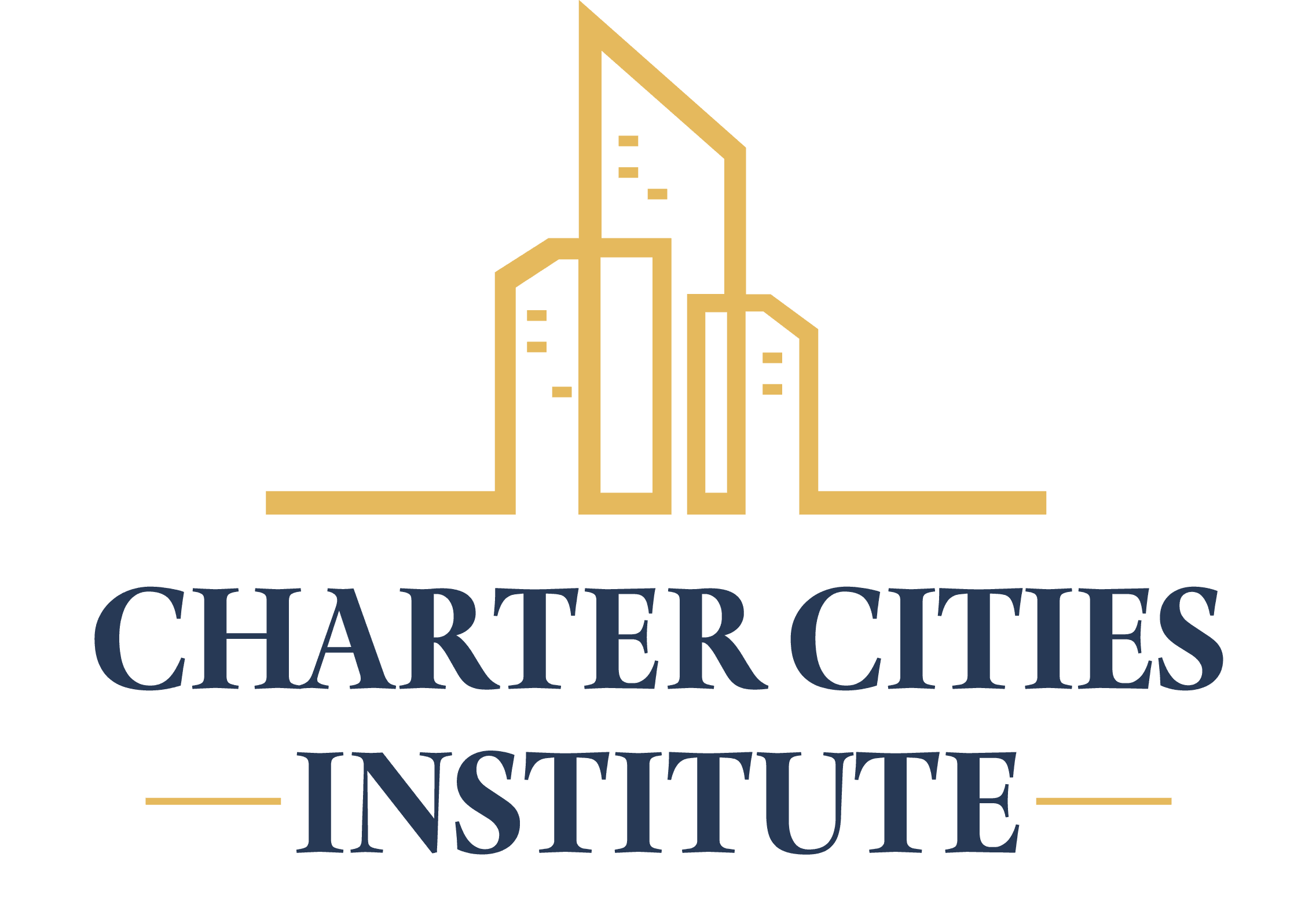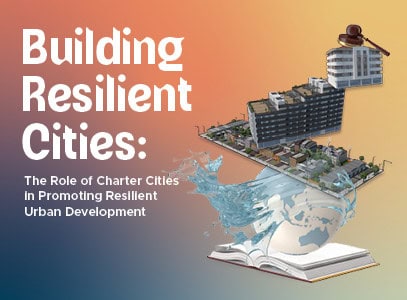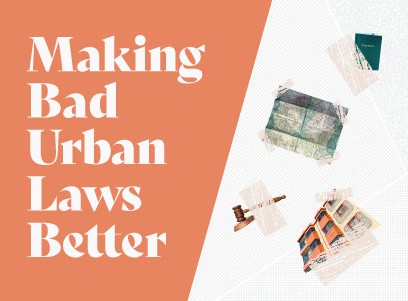Nels Nelson and Sam Sternin co-wrote Barefoot Planning: A Pro-Poor Urban Development Model. They suggest rapid urban expansion requires a pro-poor model to avoid the creation of new slums. The dysfunctionality of top-down and bottom-up paradigms offers a design space for decentralized, adaptable, and responsive mechanisms that create positive feedback loops between the regulators and regulated.
They propose dynamically organizing private development and public goods without a static master plan by employing barefoot planners, a new class of community-level planning practitioners. These ground-level planners would allow communities to self-organize while iteratively adapting space reserved for public goods and incrementally granting land rights to encourage investment across scales and income levels.
Barefoot planners are “primary care”-level planning practitioners that lower the threshold for lowincome people to engage with formal urban systems. They provide an interface between the city administration and rapidly growing communities, and they possess the decentralized authority to make spatial decisions about public right-of-way, land tenure, and utility provision within bounds set by a central administration.
This enables the community’s needs to be met at a granular level while also ensuring that utilities will be able to be installed as the community grows. To accomplish this, they’re backstopped by a GIS app on a mobile device and are able to elevate difficult cases to secondary and tertiary planning offices.







